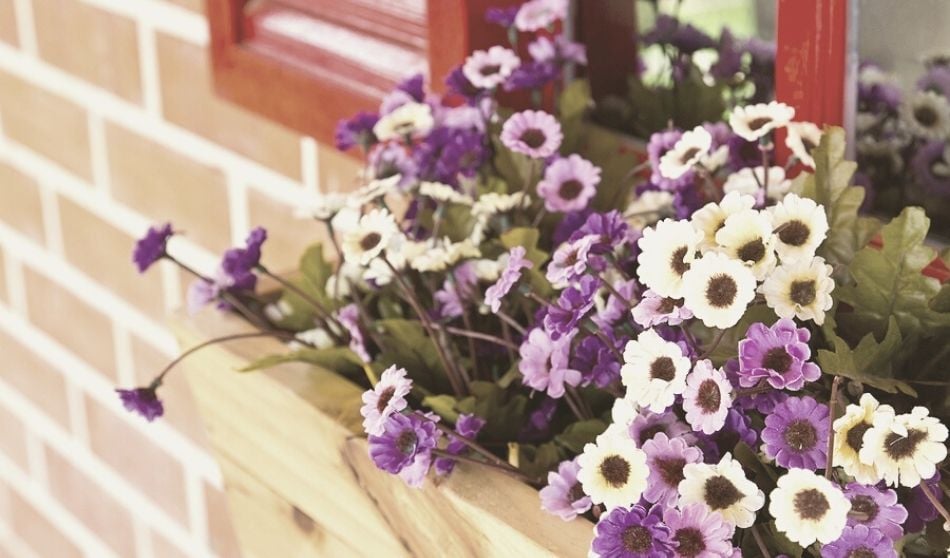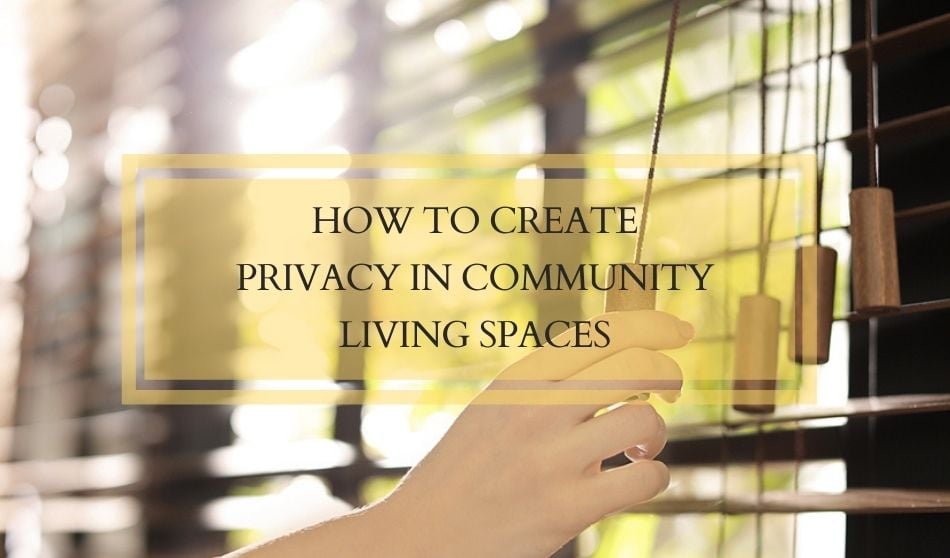
From close-quarter living to nosy neighbors, learning how to create privacy in community living spaces may just save your sanity.
Our homes should be a haven and place of respite and recharging. It’s difficult to do when you feel like you live in a fishbowl while the world sees your every move. It takes some planning but it is possible to carve out a little privacy in our homes without breaking the bank.
The first step towards privacy is to take inventory of both the interior and exterior vantage points. Ask yourself the following:
- Do you need privacy from housemates, neighbors, walking traffic, or all-of-the-above?
- Standing outside your open front door, what view would you like a visitor to see of your home?
- Head outside and take a walk-about. What can someone see from the street view?
- If in a multi-story complex imagine what someone can see when looking at your windows, patio, balcony from above, below, and across from you.
Here are a couple of ideas on how you can manage privacy in community living spaces in a way that is tailored to those needs.
Interior Decor to Create Privacy
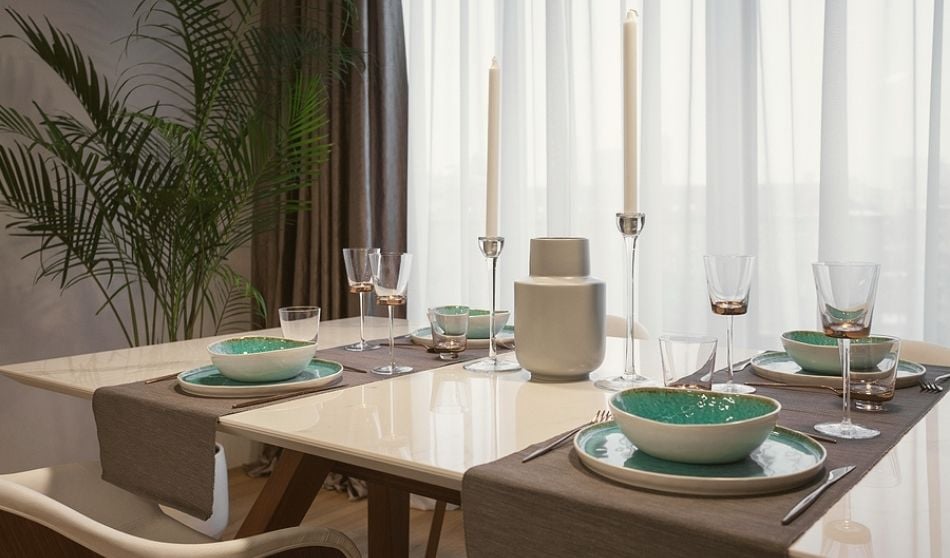
One – Use hotel style curtains and sheers
Hotels have found success in creating private spaces for their guests. Installing two layers of window dressing provides three different options of privacy and lighting to your home. The first layer is usually a sheer drape that allows in the light of day while blocking the interior view from curious eyes.
Tip: The heavier top layer is used to mask all visibility at night, and handy to regulate extreme weather temperatures — which helps keep energy costs down.
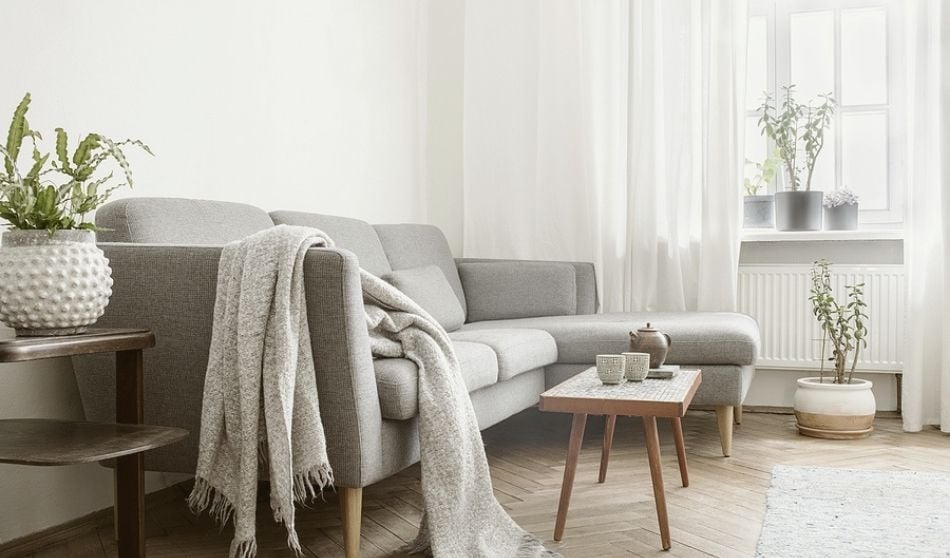
Two – Obscure the view with well-placed plants
It’s not likely someone will be standing directly in front of your window for an extended period of time. If they are, contact the authorities quickly. But for the casual passerby, well-placed plants can obscure the view into your apartment.
Tip: If you don’t have a large enough window sill, place a table in front of the window to use as a window garden space.
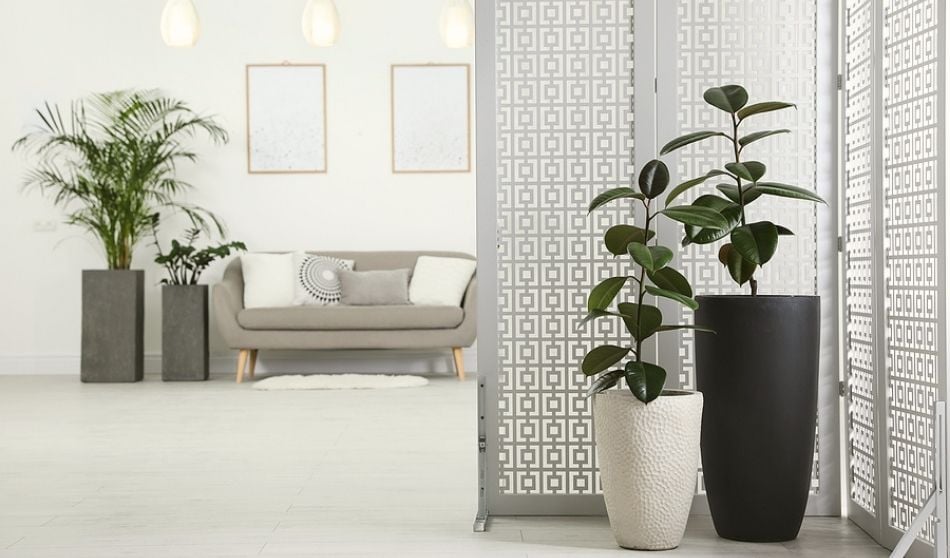
Three – Create zones of privacy with furniture placement
Use a bookshelf or room divider to create zones of privacy. Minimize unwanted viewing in an area by using one of these as a faux wall or partial wall.
Both bookshelves and room dividers are versatile and functional. Unlike a bookshelf, an accordion-style room divider or folding screen is easily movable and can create a permanent or impromptu privacy zone as needed.
Not only do these folding screens come in all shapes and sizes, but you can also find them to match your esthetic and style. Some also come with shelving in the folds which is a bonus if pressed for space.
Tip: You may want to place one a few feet away from your front door to obstruct a visitor’s view when you open the door to them.
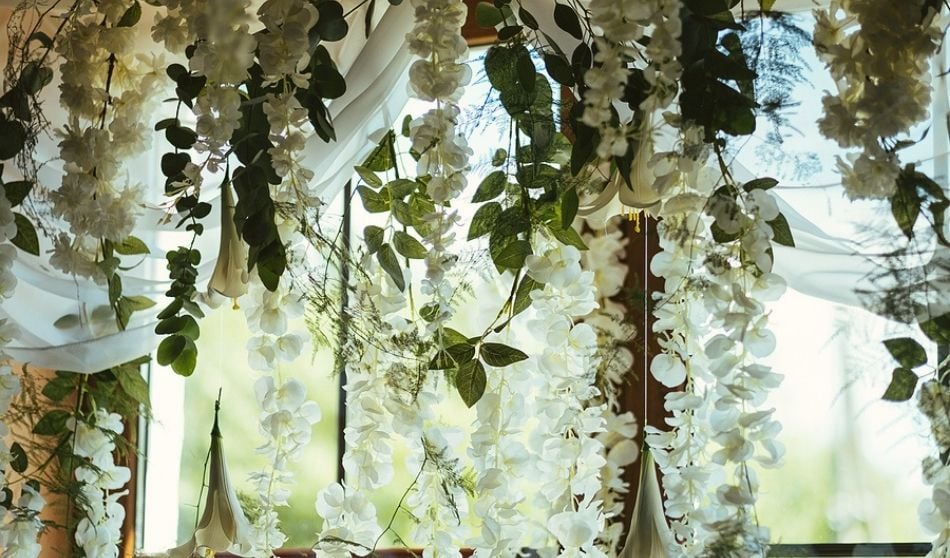
Four – Use hooks to cascade lights and decor in front of the window
Obstructing the view doesn’t have to be boring. Try using hooks to create a cascading curtain of decor or lights in front of a window. Faux ivy, stringed flowers, and other decorative hanging items can be purchased online inexpensively.
Tip: Holiday lights don’t have to be used only in the winter season. Dangled twinkle lights can block the view and add a touch of warmth and charm to a cozy space.

Five – A window cling film can allow light in and curious eyes out
Adding a window cling or reflexive film to a window is a great way to allow in light while blocking the view from the outside world.
Tip: Window clings are very inexpensive, easy to install, and especially great for small bathroom and kitchen windows.
They can be either opaque with a frosted look or come with a decorative design. Translucent frosted one-way glass film blocks the view. Totally opaque film blocks light and visibility
Reflective film is more expensive and often requires a professional to install. The reflective finish gives the glass on the window a one-way mirror effect. However, you only have privacy in the daylight.
Tip: The reflective film needs direct light for the one-way mirror effect to work so north-facing, shaded windows or darker days hinder the effectiveness.
Understand How Light Affects Privacy
As with the reflective window film, light plays a large role in what is and isn’t visible to the outside observer. Sheer curtains, reflective window film, and an opaque window cling all bring in light and help block the view from the outside during the day. However, the opposite happens when it darkens outside and lights are turned on inside.
Depending on how opaque or thick the covering (blinds, sheers, cling, etc..) will determine what is visible when it’s lighter on the interior than the exterior. With that in mind, consider a plan that combines two or more of the above solutions if you don’t want someone seeing your silhouette.
Tip: If your lights are on at night with only sheer curtains, your movements and actions are on display. Remember to dim your lights and close curtains and blinds when days are dark, the side of the house is shaded, or at night for the most privacy.
Exterior Outdoor Ideas to Create Privacy
Hedges and trees not only take time to grow large enough to create a barrier, they often are not allowed in most community living spaces unless planted and maintained by the property management.
Depending on which angle you are attempting to block, here are some solutions to make your patio, deck, or balcony more of a personal haven:
- Block the view using umbrellas and awnings.
- Try a decorative trellis, freestanding screen, lattice, or wooden slats and arbors to create a barrier.
- Plant a patio garden either in tall planter boxes or use the above to grow a vertical garden.
- Use window boxes or hanging flower baskets to block the exterior view into windows.
Important note: It’s extremely important to check your lease agreement and confirm approval from your landlord or property manager before attempting any of these suggestions.
Home Sweet Home
Single-family home rentals often have more privacy than community living spaces. But that doesn’t mean if you live in an apartment complex, mobile home park, condominium, or dormitory you can’t find privacy with a little creativity. If you struggle for a little alone time from housemates, try creating zones so you all can take turns enjoying little nooks and areas of solace.

